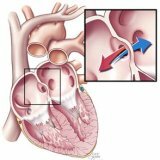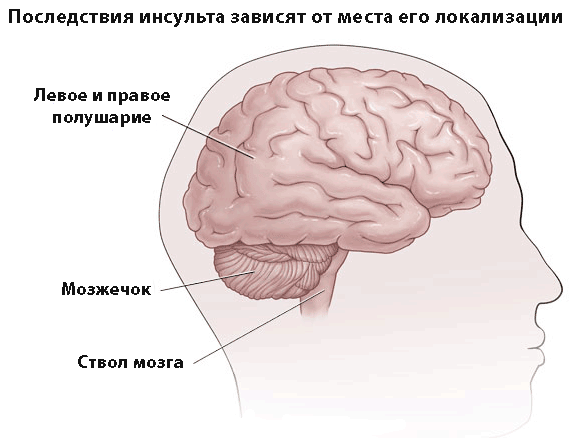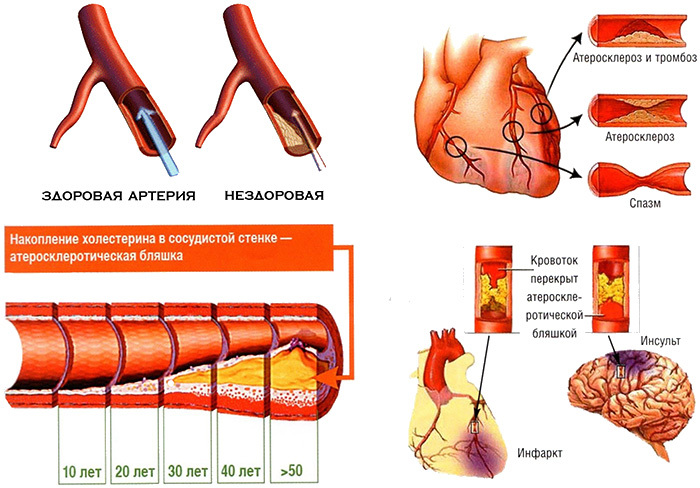An open oval window in the heart of a child

Among children's cardiology pathologies there is such a thing as an open oval window in the heart of a child. For a baby's life, such an anomaly of the heart is not an immediate threat. But the risk of developing this pathology can not be foreseen in advance. What is this pathology - an open oval window?
The essence of the pathology of
A doctor should tell the parents about this pathology of the heart. However, in practice, doctors do not always talk about pathology in detail, since they think that parents do not need such information. Some parents are lost in conjecture and suffer from ignorance, and some begin to independently seek information in different sources, sometimes unreliable.
So what is an open oval window? Doctors use this term to refer to cardiac pathology, which is characterized by the preservation, in whole or in part, of such a communication between the left and right atria that was in the fetus located in the mother's womb, that is, during intrauterine development. During this period of development in the blood supply of the fetus takes part a wide oval window in the heart. After the birth and the first breath of the child, the pressure between the atria changes significantly. If the child develops correctly, the edges of the valve will join with the sides of the wide oval window in the heart muscle.
The oval window is completely closed by half of the children at half-yearly age. In 30% of children, the oval window closes completely right after birth. The remaining 20% closure of the oval window can occur at any time. According to medical data, as well as the statements of cardiologists, 15% of adults have an open oval window.
Symptoms of heart pathology
In general, an open oval window flows without symptoms. Most often, the pathology of the heart is detected accidentally during a planned ultrasound. Nevertheless, there are nuances that give the possible presence of this pathology in the heart of the child:
- The child is often ill with colds, as well as inflammation of the bronchi and / or lungs.
- When coughing, physical exertion, crying, a child develops cyanosis, which can be expressed even to a small extent. Cyanosis is when the skin of the mucous membranes and lips, nasolabial triangle acquire a bluish tint.
- The child develops inability to some physical exertion and respiratory failure.
- The normal rate of the child's physical development slows down.
- Presence of symptoms of cerebral circulation failures or even systematic loss of consciousness.
If a pediatrician has suspicions of a pathology of the heart, then he is obliged to send the child for consultation to a cardiologist, as well as ultrasound of the heart.
This problem has two sides. According to this pathology of the heart, doctors divided, as they say, "on two fronts."One side believes that such a heart pathology as an open oval window is an absolutely harmless phenomenon that does not require the attention of a cardiologist, and parents should not panic, worry or worry about this. The other side believes that such an anomaly of the heart increases the risk of conditions that are dangerous for children's life, for example, embolism. However, in practice, such a condition as embolism occurs in healthy children.
What should I do?
Basically, doctors choose such a tactic of conducting children with a similar anomaly of the heart: the cardiologist takes the child on the register and constantly observes the patient's condition. Parents in turn should inform the doctor even the slightest changes in a status of the child. Registered on the account of a cardiologist, the child must undergo ultrasound examination at least once a year.
If the oval window began to decrease, then the cardiologist with the parents takes a wait-and-see attitude, since in most cases the window itself is completely closed. If, for some reason, the oval window does not close by itself, then, if necessary, the cardiologist appoints an operation, which is to artificially close the oval window in the heart.



